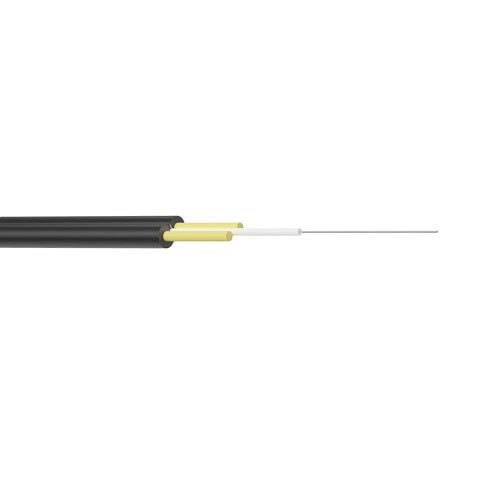99% of applications do not need high throughput, only the occasional bulk download will ever use even close to port speed. Application performance is a product of delivery (packet loss), latency, and jitter. It does work to market the 'benefits' of 10G speeds, but the reality is there is no benefit. I want to see the quality trends of the provider's network, but for some reason marketing doesn't share those
I couldn't agree more. Show me the average, min, and max latency from the CPE to the internet at the edge of your network across a period of time and uptime stats and I will be far more likely to buy your service than just "oh we offer 10G peak speeds woohoo". I'd say anything above 100Mbps is really "fine" for most people. I'd rather have 100M with 100% uptime than 10G with 95% uptime. Realistically the best is somewhere in between, maybe 1G with 99.95% uptime, so about 4 hours a year of downtime
The installer told me that other people on the main line wouldn't affect my speed. I questioned the same thing. The line comes to a pole a 1000ft. from my house. It terminates at a box that each house connects to. There are 3 of us connected the that switch.
There's always a bottleneck somewhere, but if done right, you'll never notice. It's likely a 10G uplink on a 48 port switch with each customer connected at 1G would be fine for typical home internet. 40G or 2x 10G is probably more realistic. But then you have another switch, let's say 24 ports, where all those 40G uplinks go and that could likely be served just fine by a single 100G uplink. After all, if everyone is streaming 4K video which uses what, 50Mbps, let's say we have 46 customers doing that, that's only 2.3Gbps, now multiple that by let's say 20 for the next set of the switches, that's 46Gbps... you have plenty of headroom to account for households where you might have 3 people streaming 4K at the same time or someone downloading a Steam game which can use a full 1Gbps of bandwidth.
The most challenging part IMO is once the customer leaves your network and hits the internet, but that's where internet exchanges and peering come in. Let's say hypothetically I visit a website that is hosted on a server at XYZ provider but their site is behind Cloudflare, and my hypothetical ISP peers with Cloudflare directly... Or you stream a video off YouTube and the ISP peers with Google... it's a win-win for both ends... your ISP isn't paying for you to use third party bandwidth and neither are Cloudflare or Google. Both companies just saved some money!
I work part time for a friends company, we do hosting, virtual servers, dedicated servers, colocation, enterprise connectivity. Networking is not my department, so I don't know much about it... but I can tell you, once you are dealing with a certain volume you can serve a TON of customers with what sounds like a small amount of bandwidth.
That's how a $10/mo VPS with shared 1Gbps connectivity can be profitable while delivering full gig speeds 95%+ of the time, or how Sonic can sell 10G internet for $50/mo and still deliver the advertised speeds. Even better if you are an ISP and host an Ookla speedtest server, 9/10 users won't change the default one haha.

